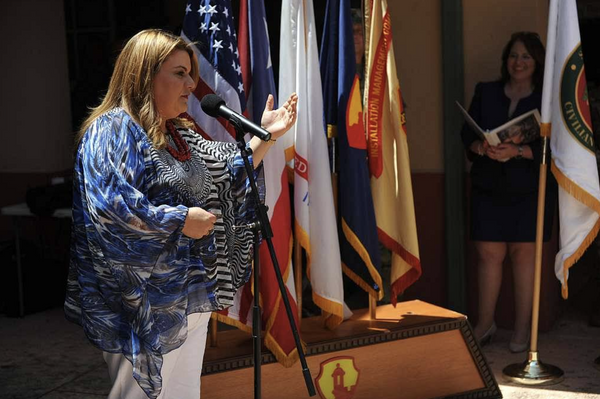
NATO launched a new center Friday for protecting undersea pipelines and cables following the still-unsolved apparent attack on the Nord Stream pipelines and amid concern Russia is mapping vital Western infrastructure for energy and the internet in waters around Europe.
“The threat is developing,” Lt. Gen. Hans-Werner Wiermann, who heads a special cell focused on the challenge, said after NATO defense ministers gave the greenlight for the new center, located in Northwood, northwest London.
“Russian ships have actively mapped our critical undersea infrastructure. There are heightened concerns that Russia may target undersea cables and other critical infrastructure in an effort to disrupt Western life,” he told reporters at NATO headquarters in Brussels.
NATO was spurred into action after an apparent attack on two Baltic Sea gas pipelines in September.
The suspected attacks on the Nord Stream 1 and Nord Stream 2 pipelines, which were built to carry Russian natural gas to Germany, are still being investigated. No blame has been officially attributed, but NATO has boosted its presence in the Baltic and North Seas since then, with dozens of ships, supported by maritime patrol aircraft and undersea equipment like drones.
About 8,000 kilometers (5,000 miles) of oil and gas pipelines crisscross the North Sea alone, and systems, networks and grids are impossible to watch 24/7. Around 100 cable cutting incidents are reported every year around the world, and it is often hard to tell whether they are deliberate.
“There’s no way that we can have NATO presence along also these thousands of kilometers of undersea infrastructure,” NATO Secretary-General Jens Stoltenberg told reporters after chairing the meeting.
“But we can be better at collecting … intelligence, sharing information, connecting the dots, because also in the private sector there is a lot of information” about ship movements and maritime surveillance, he added.
Rather than trying to watch it all, the new center and NATO allies are focusing on high-risk areas. Pipelines in shallow waters that can easily be reached by divers are considerably vulnerable. Potential damage to data cables can be mitigated more easily by simply dropping in more cables.
Whatever the target, NATO believes it’s important to catch saboteurs as they prepare their attacks.
“To support the center, allies have decided to set up a critical undersea infrastructure network, bringing together NATO, allies and private sector actors. This will help to help improve information sharing about evolving risks and threats,” Wiermann said.







